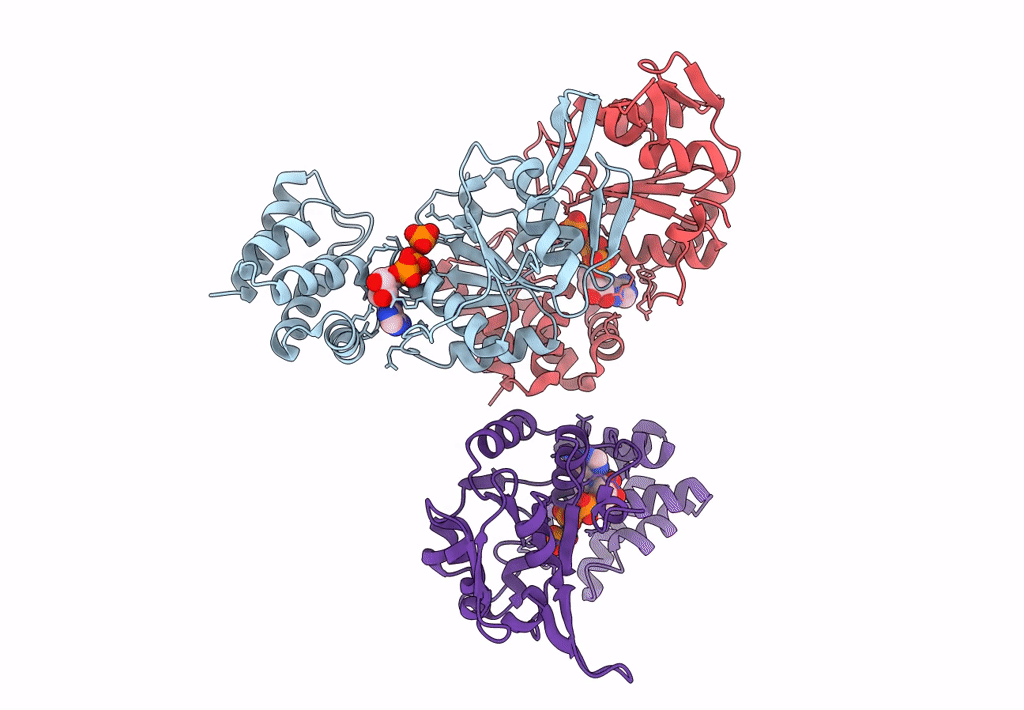
Deposition Date
2019-09-30
Release Date
2019-12-18
Last Version Date
2023-11-22
Entry Detail
PDB ID:
6L1Q
Keywords:
Title:
Crystal structure of AfCbbQ2, a MoxR AAA+-ATPase and CbbQO-type Rubisco activase from Acidithiobacillus ferrooxidans
Biological Source:
Source Organism:
Acidithiobacillus ferrooxidans ATCC 23270 (Taxon ID: 243159)
Host Organism:
Method Details:
Experimental Method:
Resolution:
2.20 Å
R-Value Free:
0.23
R-Value Work:
0.19
R-Value Observed:
0.19
Space Group:
P 6


